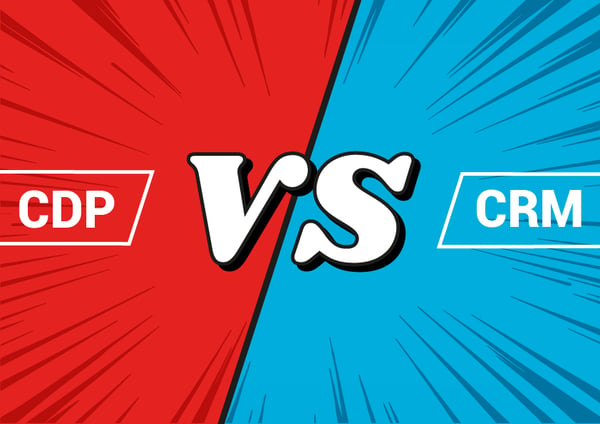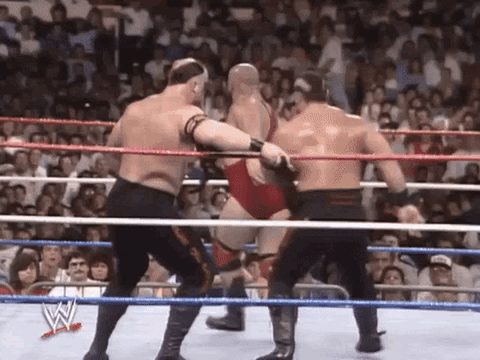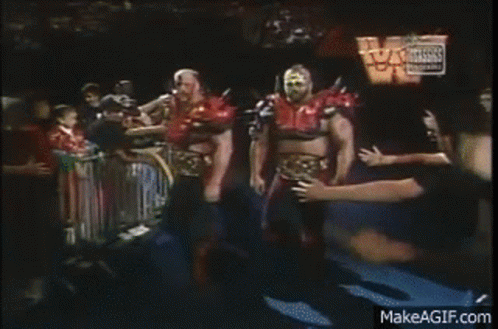In order for marketing and sales teams to engage and understand their customer, they’re going to need to know a little bit about them. Luckily, we’re in the midst of a digital world where there’s no shortage of customer data out there, but that’s not enough. The challenge comes when it’s time to collect and manage this information in order to utilise it and utilise it well. That’s where CDPs and CRMs come in.
Customer data platforms (CDPs) and customer relationship management platforms (CRMs) are both big players in the martech world. While both systems do share some similarities, they have very different functions. So, we’re answering the questions: “Do I really need a CDP and CRM?” "Can I just use a CRM to do what a CDP does?" And “How do they size up against each other?”
*ding ding ding*

In the red corner, weighing in at 3 letters long, we have the CDP, otherwise known as the customer data platform.
CDPs are usually managed by marketing. A CDP has the capability to create a 360-degree profile (otherwise known as a singular customer view or SCV) of the customer and their behaviour by gathering a multitude of first-party data across various touchpoints in the user journey. It can centralise and organise your customer data.
And the power of the CDP doesn’t stop there. It can also assist with smart segmentation and the decisioning and activation of the marketing campaigns that follow. It can connect to various channels to push out more personalised messaging.
Organisations that use a CDP can reap the rewards of having a more unified stack by eliminating data silos and improve their data flow. With a CDP in your corner, you can become more customer focused.
Over in the blue corner, also weighing in at 3 letters long, ladies and gents, the CRM. AKA the customer relationship management system.
Also harnessing first-party data, a CRM manages the company’s relationships and interactions with not only their current customers, but their potential customers too by helping with contact management, sales management, and sales productivity. The big difference from a CDP is that a CRM manages relationships already in existence.
If you’re in a customer facing role, you better believe you want a CRM in your corner. Sales teams most commonly use CRMs to secure new business relationships and better manage existing ones by enabling them to speed up, study, and improve their outreach efforts.
So, who comes out on top? Well, the reality is it’s not a red or blue, CDP or CRM, the real value comes when you consider them a tag team.

CDPs and CRMs do overlap with some features, but they are fundamentally different technologies which serve different purposes. The primary purpose of a CDP is all customer data centralisation, organisation and management, while a CRM is used for managing customer interactions, business transactions and internal process management.
A CDP supports a CRM, it can enrich the customer profile to enable a more informed conversations. And a CRM is just one data feed to a CDP to add to the single customer view. To provide another rich data point which can help define what, when and how you should communicate your marketing.
So, there you have it folks. The fight called off and the differences explained.

